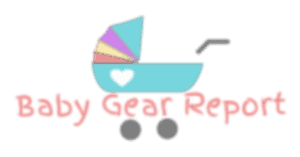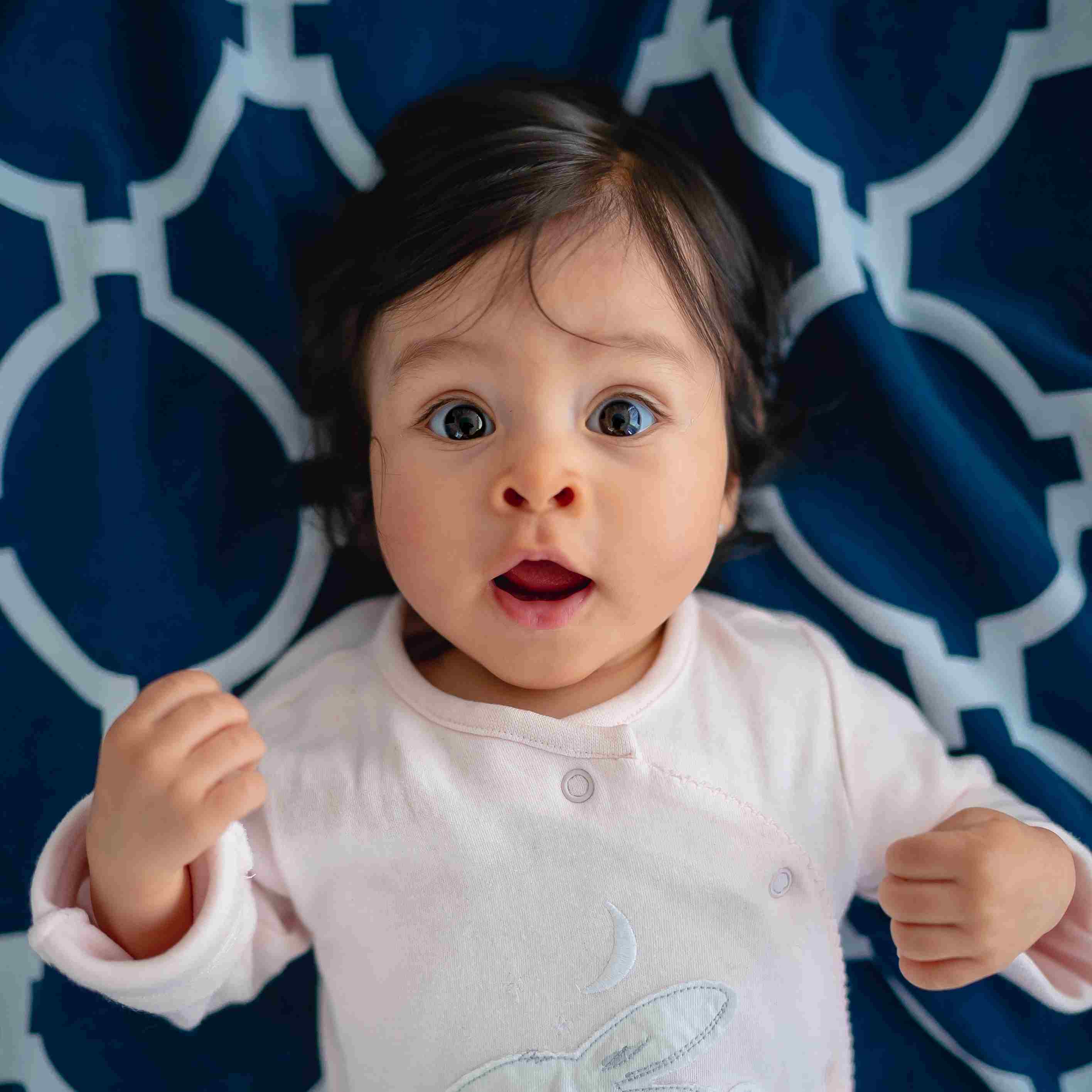Yes, you can typically reuse bottles for another baby. You just need to clean, sanitize, and make sure they are in good condition. The nipples, or teats, should ALWAYS be replaced. Also old bottles, such as glass ones containing lead or plastic bottles containing BPA, are not be safe to reuse.
Baby bottles are dishes like any other utensils in your kitchen cabinet. They can be reused many times for many children, and passed between families to help cover the high cost of parenting. But there is more to reusing bottles than saving a few dollars. You first need to make sure that the bottles are still safe for your child.
Babies grow up fast, so fast that before you know it, you are already looking for another cute and cuddly being. As sweet as they are, they come with tons of expenses. It’s only natural to want to salvage some of your old items. Baby bottles are usually top of the list. But a question a lot of parents ask is whether it is safe to reuse their old bottle.
Do baby bottles and their nipples expire?
While baby bottles don’t expire and can be reused until they wear out, nipples wear out quickly and should not be reused for multiple babies. They don’t have an expiration date, but they may not be safe to use. All of that chewing during feedings really affects the soft material of the nipple.
To more fully answer this question, lets first dig deeper into the parts of a baby bottle: the nipple and the bottle itself. When deciding whether or not to reuse a bottle, you must consider both parts.
1. You should always replace the nipple
As your baby grows, you have to replace the bottle nipple periodically to better fit their larger mouth and provide a greater flow of milk. While you could clean the nipples you replaced and store them, it’s not a great idea. The repeated chewing motion from feedings along with other wear from regular use has a bad effect on nipple.
Replacing them makes sure your little one will use nipples that are appropriate for their age. Nipples do not necessarily expire, but it’s best practice to replace them when reusing baby bottles. I have highlighted some general bottle nipple rules to use when your baby finally arrives.
When to toss baby nipples
- Breastmilk or formula rushes out faster than they used to or faster than your child can handle it. Milk or formula should drip steadily. If the milk, formula, or water pours out in a stream, the hole is too big. Your child will enjoy feedings a lot more if they are not choking and struggling to keep up.
- It’s discolored. Discoloration is a sign that the nipple is deteriorating. Most used nipples fall in this category.
- The nipple is thinning. Thinning is a clear sign of a weak nipple. Pull hard on the nipples bulb and check if it bounces back. A thinning nipple will not bounce back to the original shape. Replace it.
- It has cracks, tears, or breaks. Replace the nipple immediately. A part of it could break and choke your baby.
- It’s sticky or swelling. This is a sign the nipple is deteriorating.
These tips will help you know when to replace the nipple, but remember to always buy new nipples when reusing old bottle.
2. Check if the bottle has imperfections
Bottles take a lot of abuse as your child grows, and it’s likely they were a favorite toy for your older child at some point. Check for dents and leaks by filling the bottle with warm water. If they leak, it’s time to get new bottles.
Depending on how you stored your bottles, you might notice some discoloration or strange marks on the surface or inside the container. This could be mold, which is dangerous to your little one’s health. If you see anything weird, replacing your bottle might be a better option. If it’s just dust, a good, warm, soapy wash will do the trick, and your bottles are ready to use.
What about glass bottles?
We have borrowed a lot of our parenting style from Montessori parenting, so when our little boy was born, we preferred to use glass bottles. As he grew, we mixed it up with some plastic ones when he started throwing everything on the floor. This was before we started using a weaning table. We could boil the bottles in a deep clean, which was easier during those early months of our little champions life.
Glass baby bottles have become almost obsolete today, but decades ago, they are all that parents had. The controversy that the plastic used to make baby bottles might be harmful to developing babies has brought these old-fashioned bottles back to the market.
According to the research I have done, there are several upsides to using glass baby bottles. The biggest plus is that glass is BPA free and will preserve your little munchkins milk. Besides this, glass baby bottles are sturdy and easy to clean. They are, however heavy, cumbersome, and easily breakable, which is what pushed them out of the market.
Like plastic baby bottles, glass baby bottles don’t expire. However, you need to replace the nipple just like you would when using a plastic baby bottle. It’s vital that you check the container for dents as well. If the glass is chipped, you should replace it. If you must use it, be the one to feed your baby and don’t let them touch the chipped part. We can only be too careful, so replacing is the best option.
Chipped glass could scratch your little one, so be careful. The good thing is, glass baby bottles are affordable and will cost you around $14 for a high-quality bottle. If you are careful, you don’t have to keep replacing it.
Controversies surrounding reused plastic bottles
Recent studies have suggested that plastic baby bottles could be unsafe for infants and young children. According to the studies, scientists have said that the bottles may contain a chemical known as Bisphenol A or BPA, the same compound found in resin-based food can liners. BPA is used in polycarbonate plastics to harden plastic, prevent rust, and keep harmful bacteria out of food.
Research by the Food and Drug Administration (FDA) indicate that BPA contained in plastic bottles are miniature and can cause no real harm to humans. Scientist, however, disagree by saying even small traces could build up over time. The U.S. Centers for Disease Control and Prevention (CDC) has noted that human exposure to BPA has dropped significantly since scientists brought its dangers to the limelight.
You have to be careful though. BPA problems arise when the chemical leaches out of the bottle and contaminates the food. It’s possible that your little one can still consume the compound. The traces usually depend on whether the container is heated and the temperate of the liquid or food. High temperature leads to release of BPA. Avoid heating your little one’s milk in a microwave using the bottle to help reduce the temperature and release of BPA.
Today, any plastic baby bottle manufactured in an American company won’t have a trace of BPA. That’s because in 2009, the major manufacturers of baby bottles in the United States stopped using BPA as a manufacturing material. FDA took a step further to protect our little ones by banning the manufacturing of baby bottles and sippy cups with BPA. If you bought baby bottles by an American manufacturer after this period, your little one is safe. You can breathe easy.
How to clean baby bottles for reuse
Old baby bottles may have been in storage for a while. Cleaning them properly will ensure they are ready for your little one’s use. Your little one’s immune system is not yet fully developed, which makes your little munchkin susceptible to food poisoning. These cleaning tips are useful for new and old baby bottles.
1. Use hot soapy water
Pour some water in a clean basin or contain instead of washing the bottle directly in the sink. Once you have washed all cups, bottles, rings, and nipples, rinse them under running water. Nipples should be adequately scrubbed with a nipple brush. Always squeeze warm soapy water through the nipple hole to flush out any trapped milk.
2. When to use the dishwasher
It’s typically safe to clean your baby’s utensils in the dishwasher, but always check if they are safe first. Always separate the bottle parts and rinse them well before placing them in the dishwasher. Smaller items are best in a closed-top basket, but a mesh laundry bag will do just fine. This prevents the smaller items from ending up in a dishwasher filter. Run your dishwasher using hot water and in a heated drying cycle. If your washer has sanitizing cycle, run it as well to kill more germs. Always wash your hands before you remove the bottles and baby utensils from the washer.
3. Sanitization
Sanitizing bottles after every use is vital for infants, but you can skip this stage if your child is older and in excellent health. It’s especially crucial if your little one was born prematurely, is three months or less, or has a weak immune system. Sanitization will offer the extra protection your little bundle of joy needs. Sanitizing by boiling is the easiest option for most parent. Once the bottles and baby utensils are clean, place them in a pot, cover with water, and bring it to boil. Let it boil for at least five minutes. Remove them with tongs and place them on a clean towel. Dry the parts thoroughly and store them in a clean, dry place.
Every parent has their baby’s health as their top priority, and reusing bottles should make it to the list. If the bottles are discolored, get new ones. If they are still in great condition, buy new nipples that fit perfectly. Within a few months, your little one will be old enough to use little cups and utensils.

